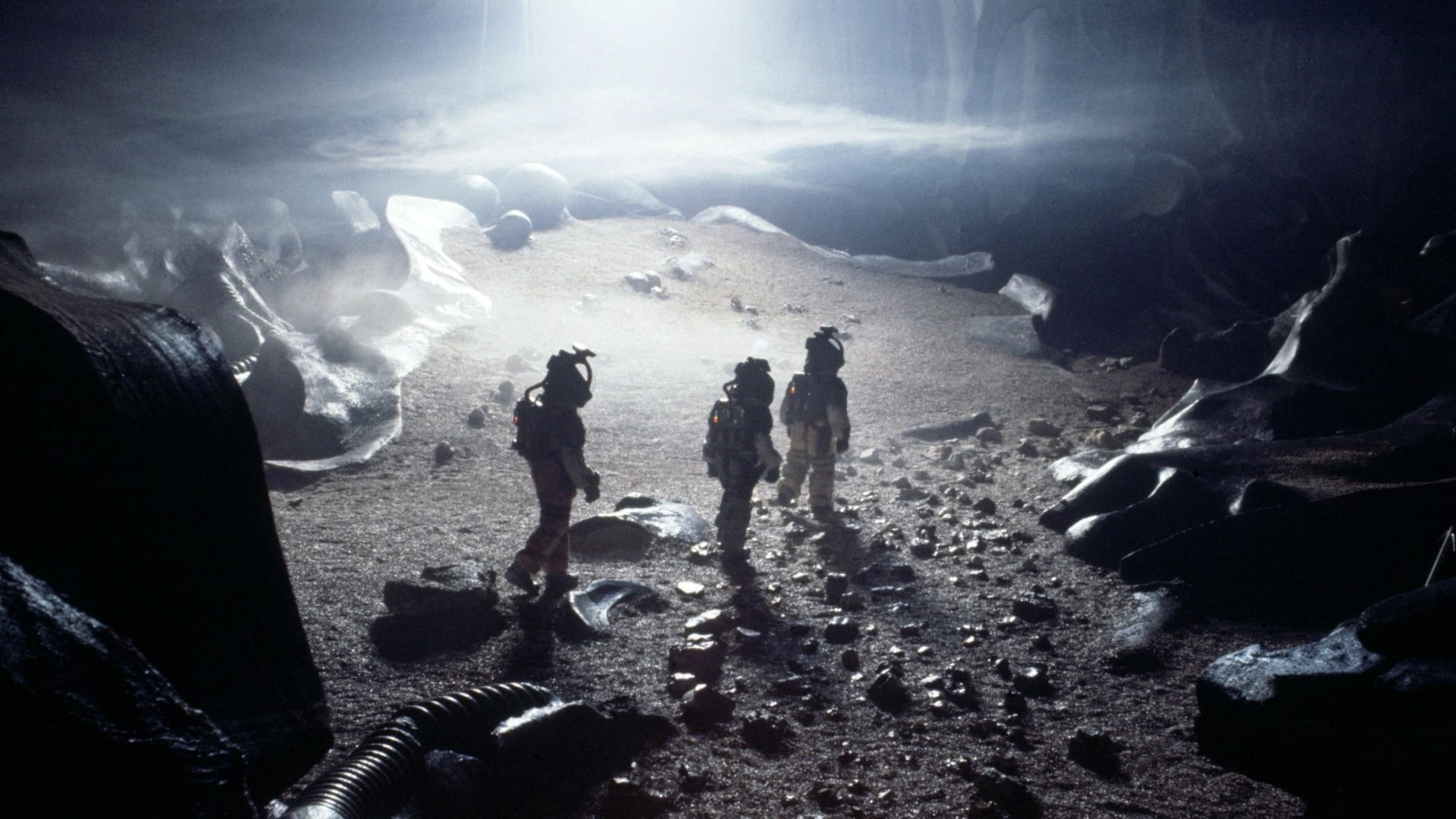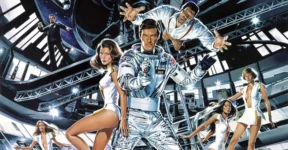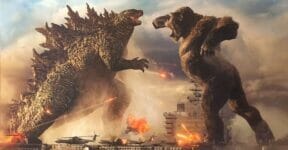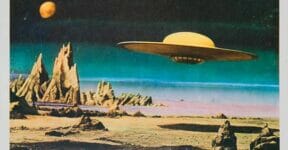Sound has always been a major thing in sci-fi horror films. No matter how brilliant the storylines, the acting, and the actions are, they could easily fall flat without the right sound effects to amplify the terror. And among all the sci-fi horror films 1979 produced, Alien still stands as an enduring classic not only because of its memorable monster design and an unexpected heroine to save the day, but also for its bone-chilling sound effects.
In many films, sound designers create unique noises from everyday objects like chains, coins, bells, rumbling thunder, sandpaper sheets rubbed against each other, hissing animals, drinking glasses thrown at a brick wall, rattling diesel engine, and so forth, combined with digitally engineered sound effects. It’s the same story with Alien, with one massive difference; the film also uses near-complete-silence to amplify the terror of the Xenomorph.
Do you still remember The Lucky Texan? Perhaps not. It was in the film that John Wayne delivered one of his most memorable lines of them all; he said, “It’s quiet. Too quiet.” In Alien, this expression is played to absolute perfection. Truth be told, we’re likely more afraid of what we hear than what we see. And there have been a lot of moments in front of the screen when the film suddenly goes quiet, maybe too quiet for comfort. We experience a fair share of such instances in Alien, and at the beginning of every moment of eerie silence, we know there can’t be something good to come out of it. Here are just a few examples:
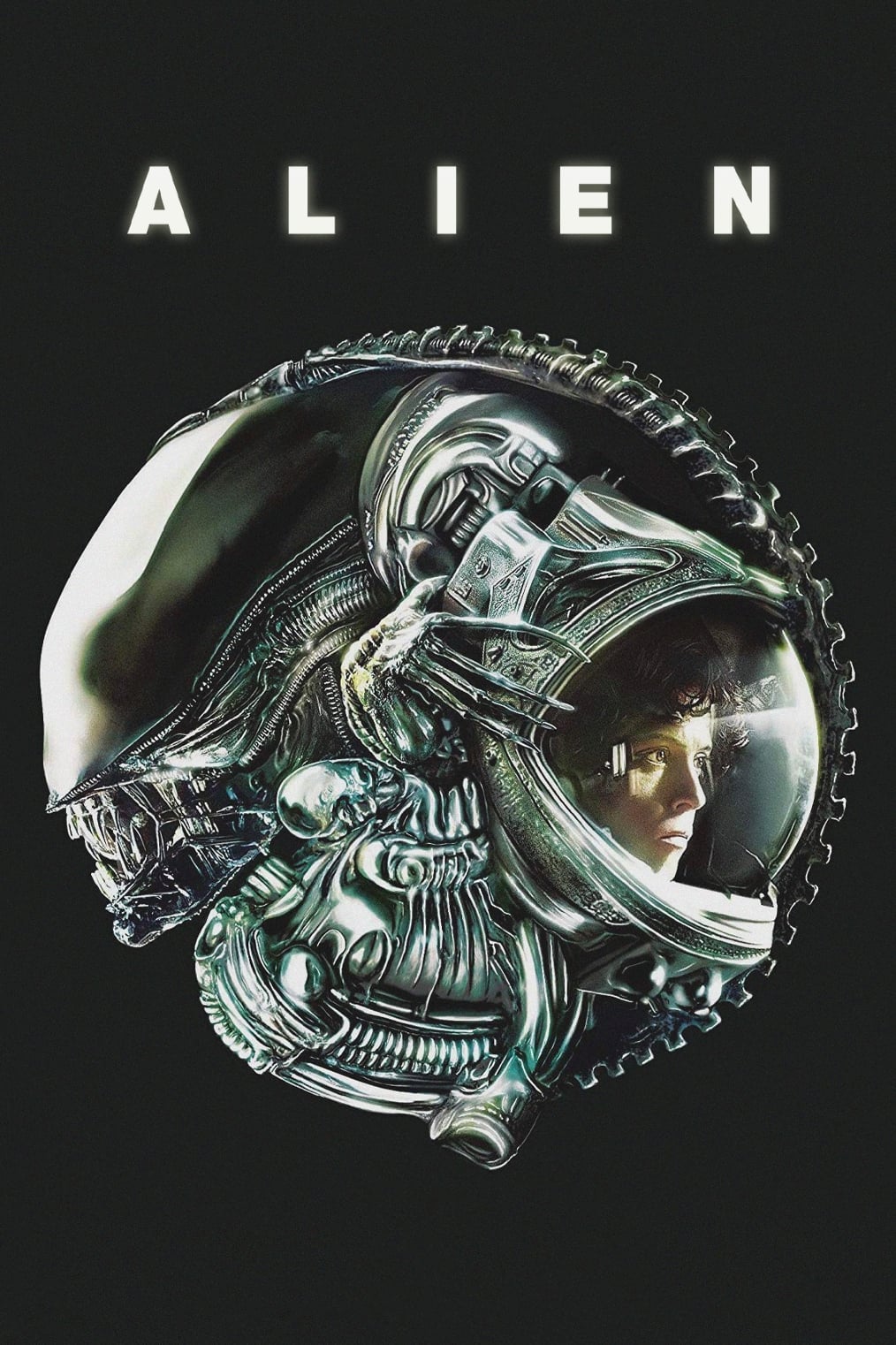
- When Kane approaches the Alien’s egg in LV-426, the sound effect ebbs and flows to draw you closer to the horror about to come. The sound gradually builds as the egg pulsates and eventually bursts open with a shrieking, otherworldly noise. A deafening screech of a facehugger takes the jump scare to its climax. Mind you, this is only the first of a series of jump scares.
- The succeeding scene intensifies the tension with the silence surrounding the Nostromo, which works awfully well to let the terror creep under your skin.
- And then there’s the chest-buster scene, which plays out devoid of music. Only the natural environmental sounds come across the screen, but the most important sound (or the lack thereof) is the quiet atmosphere of the Nostromo itself. The scene starts with a relative calmness sprinkled with just enough distress on Ripley’s facial expression. Nothing is preparing you for the inevitable strike of gore right before your eyes.
- Brett’s lonely walk to death by the Xenomorph is also eerily quiet. Despite the humble noises of his own footsteps, droplets of water, and hanging metal chains that he nudges along the way, you’re presented with suspiciously dark and mostly silent moments of apprehensive uneasiness. The meowing cat is a nice touch as well.
- Dallas is by himself somewhere in the spaceship looking for the Alien, as if his flamethrower is an effective weapon against the Xenomorph. Arguably, there isn’t a complete silence here. However, if you listen carefully enough, it’s not the beeping sound of the radar or the concerned voice of Lambert that creates tension, but (again) the moments of silence in between those noises that really get your adrenaline pumping. Only when the Alien is closing in on his position, the score really cranks until the moment he finds himself helpless before the Xenomorph. The score cuts out abruptly to mark his demise.
You’ll constantly encounter this kind of rising and falling of sound design as the film reaches the final sequences. But the interesting part is that the blasting score you hear as Ripley rushes through the spaceship (already set in a self-destruct mode) doesn’t really give you a sense of relief, as you might expect from an action movie. You know the Xenomorph is still around, so until the Nostromo is blown to smithereens, the threat is still there. When the real finale happens, the film treats you once more with uneasy quiet. Ripley’s soft singing of “You Are My Lucky Star” just can’t do much to break the silence. The lack of sound here is used this time not to intensify the terror or amplify the tension, but only as a simple blank slate to let the impending terror hover in the air. You can’t help but to hold your breath and brace yourself for whatever comes next.
We think the occasional moments of silence in Alien play an important role in creating the sense of isolation in space and suspense from being chased down by a terrifying monster. Just because silence literally means the “absence of sound or noise,” it doesn’t mean the filmmakers can’t make it part of the sound design. It might seem counterintuitive at first, but it actually makes good sense considering the fact that, in reality, space is also completely silent. Sound effects have come a long way since 1979; that being said, Alien remains as one of the best to integrate a deafening silence to intensify the horror.
What do you think is the greatest horror soundtrack? If Alien was made into a silent film, would it still be as terrifying? We’d love to hear from you.
Other Things You Might Want to Know
How many Alien movies starred Sigourney Weaver?
Sigourney Weaver starred in all four of the original Alien film series: Alien (1979), Aliens (1986), Alien 3 (1992), and Alien: Resurrection (1997).
Some of Sigourney Weaver’s latest filmography:
While it’s true that Sigourney Weaver is best known for her role as Ellen Ripley in the Alien franchise, she is actually much more prolific than you may think. Some of her latest films include:
| Film | Year | Role | Note |
| Avatar | 2009 | Dr. Grace Augustine | |
| Crazy on the Outside | 2010 | Vicky Zelda | |
| You Again | Ramona Clark | ||
| Cedar Rapids | 2011 | Marcy Vanderhei | |
| Paul | ‘The Big Guy’ | ||
| Abduction | Dr. Geraldine ‘Geri’ Bennett | ||
| Rampart | Joan Confrey | ||
| The Cabin in the Woods | 2012 | The Director | |
| Red Lights | Margaret Matheson | ||
| The Cold Light of Day | Jean Carrack | ||
| Vamps | Cisserus | ||
| My Depression (The Up and Down and Up of It) | 2014 | Swados | Voice; Short film. |
| Exodus: Gods and Kings | Tuya | ||
| Chappie | 2015 | Michelle Bradley | |
| Finding Dory | 2016 | Herself | Voice |
| Ghostbusters | Dr. Rebecca Gorin | Cameo | |
| A Monster Calls | Grandma | ||
| The Assignment | Dr. Rachel Jane | ||
| The Meyerowitz Stories | 2017 | Herself | Cameo |
| Rakka | Jasper | Short film | |
| My Salinger Year | 2020 | Margaret | |
| The Good House | 2021 | Hildy Good | |
| Ghostbusters: Afterlife | Dana Barrett | Mid-credits cameo | |
| Call Jane | 2022 | Virginia | |
| Master Gardener | Mrs. Haverhill | ||
| Avatar: The Way of Water | Kiri / Dr. Grace Augustine | ||
| The Gorge | 2025 | TBA | Post-production |
| Avatar: Fire and Ash | Kiri | ||
| The Mandalorian & Grogu | 2026 | TBA | |
| Avatar 4 | 2029 | Kiri | Filming |
| Dust Bunny | TBA | TBA | Post-production |
What’s the major difference between the director’s cut and the theatrical release of Alien?
One of the biggest differences is that the director’s cut version includes some scenes omitted in the original release, for example, the scene where Ellen Ripley discovers Brett and Dallas cocooned by the Xenomorph to give a bit more depth to the creature’s reproductive cycle. There are some trims to help with the pacing. Apart from those, the director’s cut comes with improved sound and visual designs as well.

